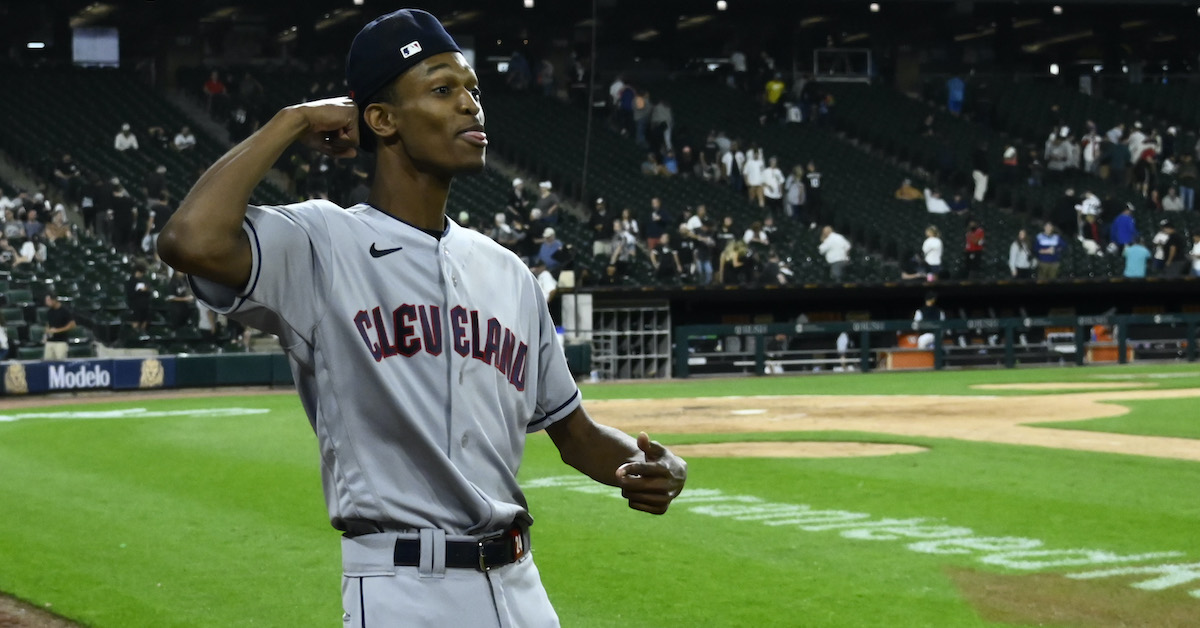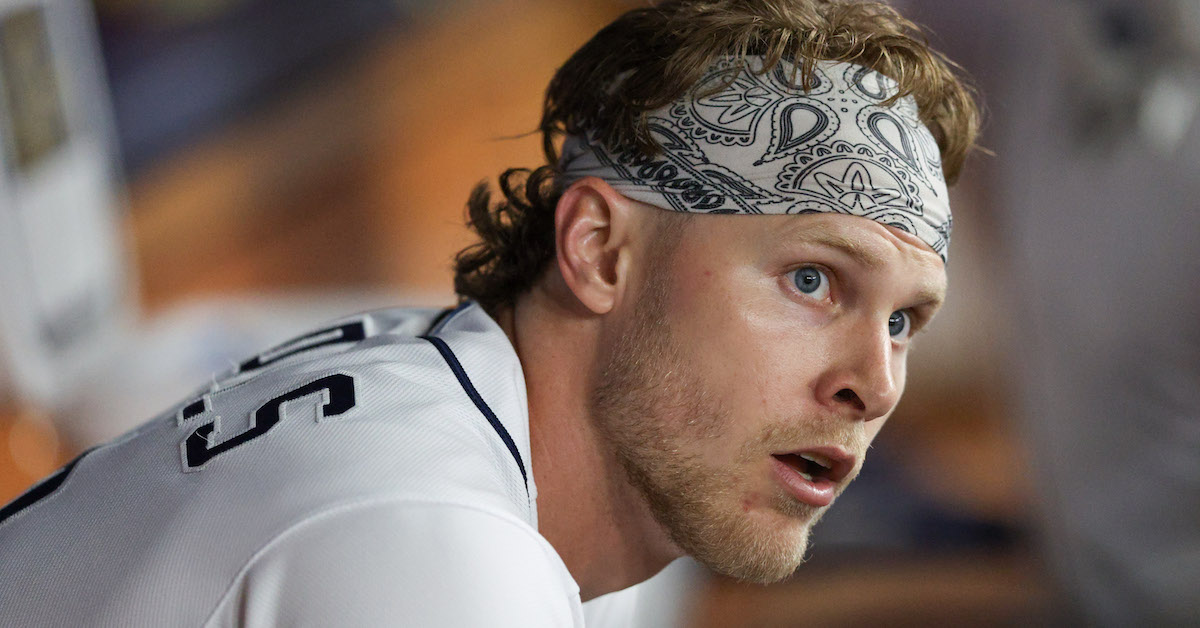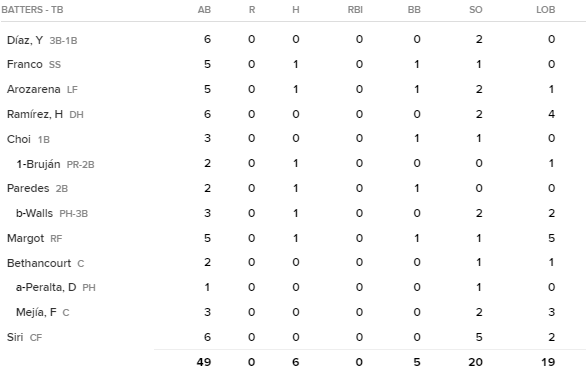Additional Detroit Tigers job openings (Product Manager, UI/UX Engineer) are available here.
Principal Quantitative Analyst
Location: Detroit, MI
Department: Baseball Operations
Job Summary:
The Detroit Tigers are currently seeking a full-time Principal Quantitative Analyst in the Baseball Operations Department. This role will be responsible for performing analyses and conducting research within Baseball Operations. This position will report to the Director, Baseball Research & Development.
Key Responsibilities:
- Develop and productionize Bayesian models to support Baseball Operations decision-making.
- Assist with the integration of baseball analysis into our proprietary tools and applications.
- Provide technical guidance to Analysts and Analytics Associates.
- Complete ad hoc data queries and effectively present analysis through the use of written reports and data visualizations.
- Monitor, identify and recommend new or emerging techniques, technologies, models and algorithms.
- Other projects as directed by Baseball Operations leadership team.
Minimum Knowledge, Skills and Abilities:
- Ph.D. in statistics, mathematics, computer science, or a related quantitative field or equivalent professional experience (3-5 years).
- Experience applying Bayesian statistical techniques (e.g. Bayesian hierarchical models) to real-world problems.
- Demonstrated expert-level knowledge of baseball-specific data and sabermetric analysis.
- Relevant work experience with statistical software (R, STATA, SPSS, SAS, or similar) and scripting languages such as Python.
- Expertise with SQL and relational databases is required.
- Experience with cloud computing preferred.
- Self-starter.
- Team player.
- Ability to work evenings, weekends and holidays as dictated by the baseball calendar.
Working Conditions:
- Office environment
- Evening, weekend, and holiday hours required
We are an equal opportunity employer and all qualified applicants will receive consideration for employment without regard to race, color, religion, national origin, sex, sexual orientation, age, disability, gender identity, marital or veteran status, or any other protected class.
To Apply:
To apply, please follow this link.
Analyst
Location: Detroit, MI
Department: Baseball Operations
Job Summary:
The Detroit Tigers are currently seeking a full-time Analyst in the Baseball Operations Department. This role will be responsible for performing analyses and conducting research within Baseball Operations. This position will report to the Director, Baseball Research & Development.
Key Responsibilities:
- Perform advanced quantitative analysis to support Baseball Operations decision-making, including predictive modeling and player projection systems.
- Complete ad hoc data queries and effectively present analysis using written reports and data visualizations.
- Assist with the integration of baseball analysis into our proprietary tools and applications.
- Contribute to baseball decision-making by generating ideas for player acquisition, roster construction and in-game strategies.
- Support the current data warehousing process within Baseball Operations.
- Monitor, identify and recommend new or emerging techniques, technologies, models, and algorithms.
- Other projects as directed by Baseball Operations leadership team.
Minimum Knowledge, Skills and Abilities:
- Demonstrated expert-level knowledge of baseball-specific data, modern statistical techniques, and sabermetric analysis.
- Expertise with SQL and relational databases is required.
- Relevant work experience with statistical software (R, STATA, SPSS, SAS, or similar) and scripting languages such as Python.
- Demonstrated ability to communicate difficult and complex concepts to colleagues possessing a wide range of backgrounds and perspectives.
- Degree or equivalent experience in statistics, mathematics, computer science, or a related quantitative field.
- Self-starter.
- Team player.
- Ability to work evenings, weekends and holidays as dictated by the baseball calendar.
Working Conditions:
- Office environment
- Evening, weekend, and holiday hours required
We are an equal opportunity employer and all qualified applicants will receive consideration for employment without regard to race, color, religion, national origin, sex, sexual orientation, age, disability, gender identity, marital or veteran status, or any other protected class.
To Apply:
To apply, please follow this link.
Biomechanist
Location: Detroit, MI
Department: Performance Science, Baseball Operations
Job Summary:
This role will assist with the delivery of performance science solutions within Baseball Operations. The biomechanist will be responsible for translating biomechanical data into applied, actionable outcomes to be used by staffs to optimize performance. This role will work closely with Baseball Analytics, Player Development, Strength and Conditioning, Sports Medicine and Coaching staffs.
Key Responsibilities:
- Collect, analyze, and report on data from various performance science sources, including in-game biomechanical data.
- Maintain data quality and integrity for all biomechanical data.
- Collaborate with coaching staffs and external consultants to design and develop metrics and reports aimed at maximizing player performance.
- Work closely with the Director, Performance Science to develop and disseminate information from performance science initiatives.
- Assist with data management, organization, and integration into the organization’s databases and athlete management system.
- Assist with implementation and maintenance of existing performance science initiatives across the organization, including data collection, analysis, and reporting.
- Assist with the design, development, testing and support of new performance science initiatives.
- Effectively collaborate and communicate with player development, coaching, sports medicine, strength and conditioning and front office staff.
- Review research and technology updates relevant to baseball performance.
- Perform exploratory performance science research projects and analysis as directed.
- Assist with the maintenance, calibration, and upkeep of performance science related equipment.
- Other duties as directed by Director, Performance Science
Minimum Knowledge, Skills and Abilities:
- A graduate level degree or 3+ years of experience in biomechanics or performance science is required.
- Demonstrated experience with the following technologies preferred: Force plates, IMUs, and motion capture.
- Demonstrated experience with modeling and analyzing 3D motion capture data required.
- Research or applied experience in professional sport strongly preferred.
- Experience using an athlete management system.
- The ideal candidate must have excellent computer skills. Proficiency in R highly desirable.
- The ideal candidate must have excellent communication skills. Candidate must be able to convey complex performance science findings to relevant staffs.
- The ideal candidate must have excellent attention to detail.
- The ideal candidate must have excellent organizational skills.
- Previous experience working with professional athletes and coaches a plus.
- The ideal candidate must be willing to work longs hours, including days, nights, weekends and holidays.
- The candidate must be available full-time.
- Willing and able to relocate to the Lakeland, FL area or Detroit metro area.
Working Conditions:
- Office environment
- Evening, weekend, and holiday hours required
We are an equal opportunity employer and all qualified applicants will receive consideration for employment without regard to race, color, religion, national origin, sex, sexual orientation, age, disability, gender identity, marital or veteran status, or any other protected class.
To Apply:
To apply, please follow this link.
The content in this posting was created and provided solely by the Detroit Tigers.








